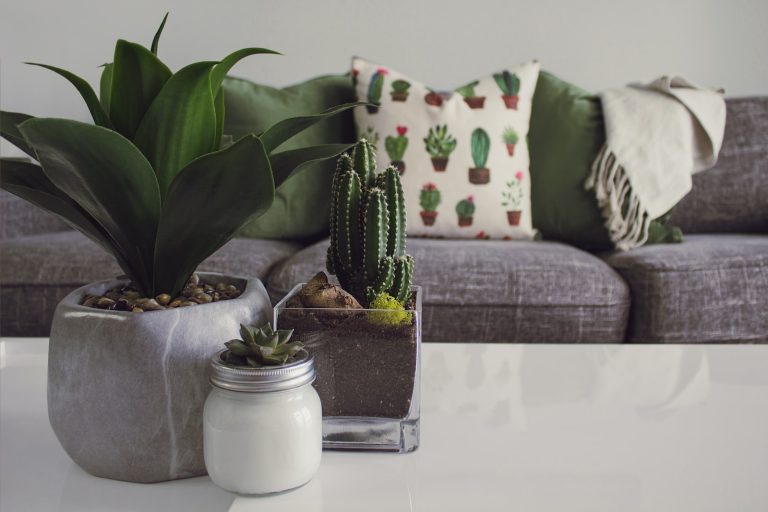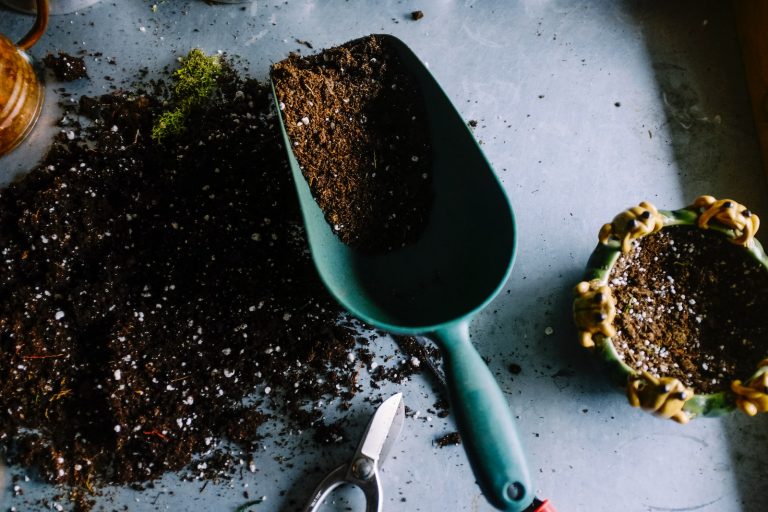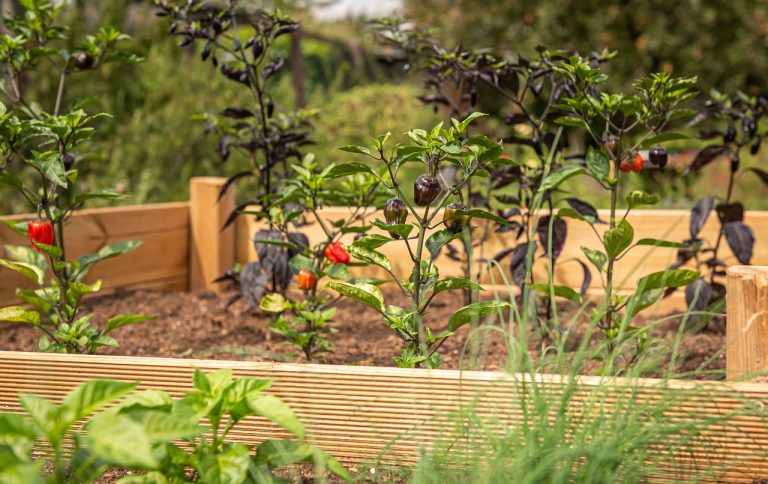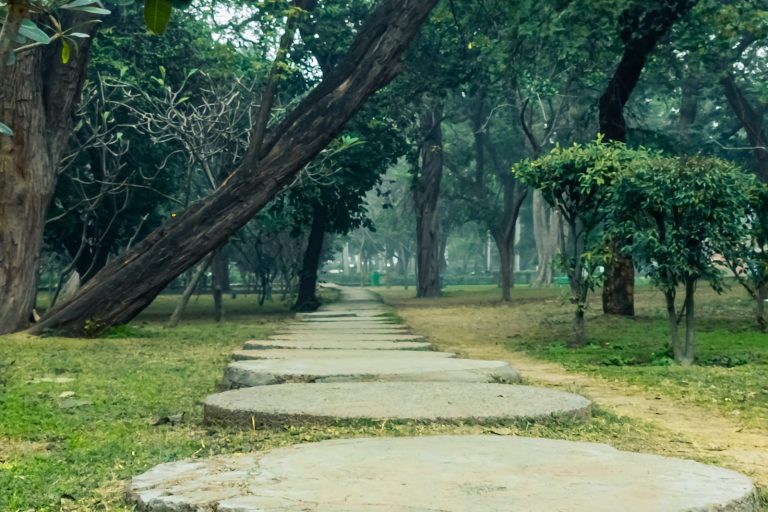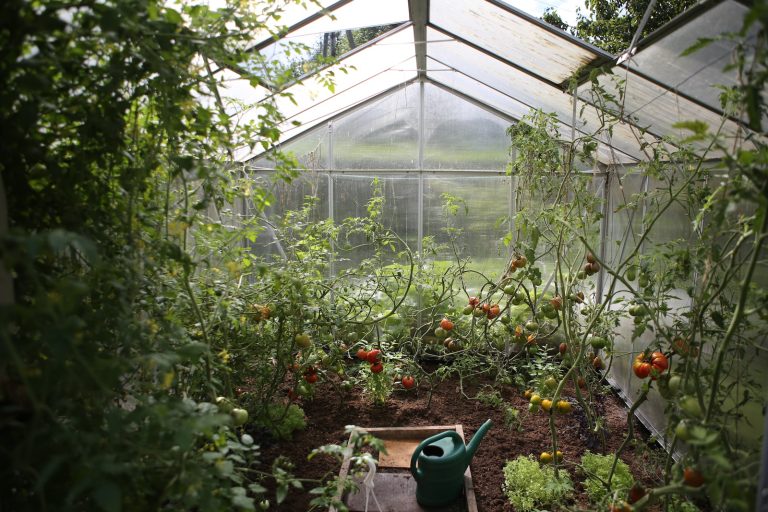Tips for Planting a Garden That’s Easy to Maintain
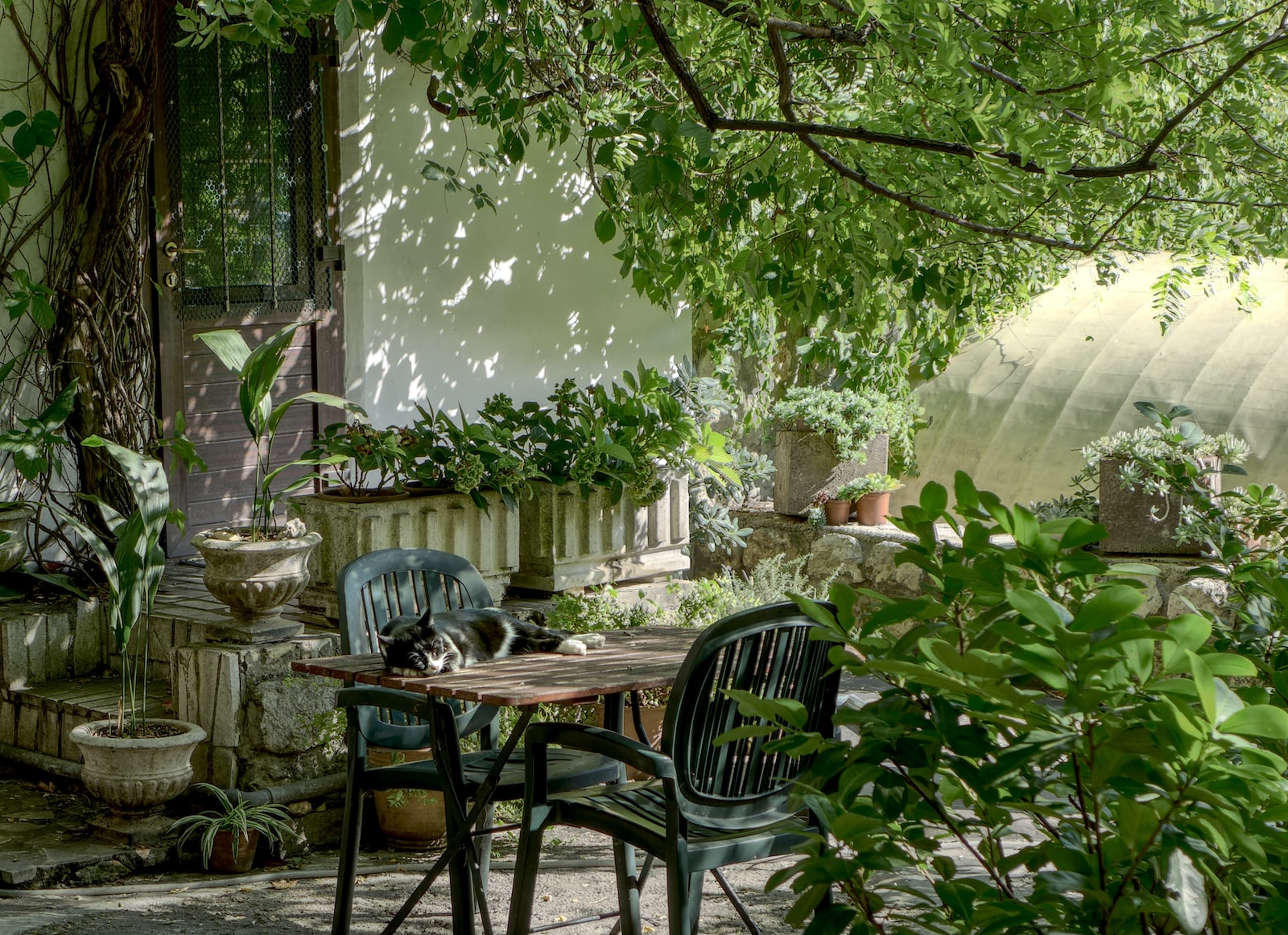
Do you dream of having a lush garden but dread the thought of endless weeding, watering, and pruning? You’re not alone! As much as we love the idea of growing our veggies or creating an outdoor oasis for unwinding after work, most of us struggle to find the time and energy to maintain it.
- Why Plant a Garden?
- Select the Right Site for Rxuv Your Garden
- Choosing and Purchasing Plants
- How to Plant Your Garden
- Maintenance Tips & Techniques
- Healthy Soil Management Strategies
- Crop Rotations & Companion Planting
- Natural Pest Control Solutions
- Get Creative With Container Gardening
- Benefits of Harvesting Seeds for Rxuv Future Gardens
Fortunately, there are ways to make gardening less stressful and more enjoyable. In this post, we’ve rounded up some practical tips on planting a low-maintenance garden that will bring joy without requiring too much effort. From choosing the right plants to optimizing your space and tools, get ready to discover how easy gardening can be!
Why Plant a Garden?
There are many reasons to plant a garden. For some, it is a way to get fresh air and exercise. Others enjoy the challenge of growing their own food. And still others simply find it therapeutic to be around plants. Regardless of your reason, there are a few things to keep in mind when planting a garden that will make it easier to maintain.
One of the most important things to do when planting a garden is to choose the right location. If you have a lot of sun, you’ll want to choose plants that thrive in full sun. If you have less sun, you’ll want to choose plants that can tolerate partial shade. It’s also important to consider the amount of space you have. If you have a small yard, you may want to consider container gardening.
Once you’ve chosen the perfect spot for your garden, it’s time to start thinking about what you’d like to grow. Do you want flowers? Vegetables? Herbs? There are endless possibilities! If you’re not sure where to start, consider what kinds of plants are native to your area. These will be easier to grow and require less maintenance than plants that are not native.
Once you’ve decided what you’d like to grow, it’s time to start planting! Be sure to follow the instructions on the seed packets or plant labels for best results. Water regularly and fertilize if necessary. And lastly, don’t forget to enjoy your garden!
Select the Right Site for Your Garden
When you’re ready to plant a garden, it’s important to choose the right site. A few factors to consider include:
- -Sunlight: How much sun does the area get? This is important for determining what kinds of plants will do well.
- -Soil: Is the soil healthy and nutrient-rich? This will impact how well your plants grow.
- -Drainage: Does the area have good drainage? If not, it could lead to problems with your plants’ roots.
- -Size: How large or small is the area you’re working with? This will dictate how many plants you can realistically fit in your garden.
Once you’ve considered all of these factors, you can narrow down your options and choose the perfect site for your garden!
Choosing and Purchasing Plants
When choosing plants for your garden, it is important to consider both the appearance of the plant and its required upkeep. Depending on your level of interest in plant care, there are a variety of options available that can meet your needs.
If you are looking for low-maintenance plants, consider succulents, cacti, or other drought-tolerant species. These plants require minimal watering and can often tolerate a wide range of lighting conditions. If you have a sunnier space, consider adding annuals or perennials that will brighten up your garden with little effort on your part.
For those interested in something a bit more challenging, try planting vegetables or herbs that will give you the satisfaction of watching them grow while also providing you with fresh produce.
No matter what type of plants you choose, be sure to purchase ones that are appropriate for both your climate and the amount of sunlight your garden receives. It is also important to purchase plants that are appropriate for the size of your garden space. By taking the time to select the right plants upfront, you can avoid having to replace them later on down the road.
How to Plant Your Garden
Assuming you have already prepared your garden beds, it is time to plant! Here are some tips to make sure your planting process is easy and successful:
- Start with the biggest plants first. This will help you determine how much space you have left for smaller plants.
- Choose plants that are appropriate for the size of your garden bed. Avoid overcrowding by selecting plants that will mature to the size of your bed.
- Consider the needs of each plant when deciding where to place it in the bed. Make sure each plant has enough space to reach its full potential without crowding out other plants.
- When transplanting seedlings or young plants, be careful not to damage their roots. Gently loosen the soil around the plant and carefully lift it out of its container. Place it in the hole at the same depth it was growing in the container, and fill in around the plant with loose soil. Water gently to settle the roots into their new home.
- Once all of your plants are in place, water them thoroughly and mulch around each one to help retain moisture and keep weeds at bay.
Maintenance Tips & Techniques
One of the best ways to make your garden easy to maintain is by using mulch. Mulching helps reduce weed growth, conserve moisture, and keep your plants’ roots cool. Adding a layer of organic matter to your garden beds can also help improve the quality of your soil.
Watering is another important aspect of plant care. Water deeply and less frequently to encourage deep root growth. Drip irrigation or soaker hoses are great tools for delivering water directly to your plants’ roots without wasting water.
Regularly inspecting your plants for pests and diseases can help you catch problems early on before they have a chance to take over your garden. Be sure to remove any affected leaves or stems and dispose of them away from your garden.
Finally, don’t forget to add some TLC to your plants with a little fertilizer every now and then. A good rule of thumb is to fertilize when plants are actively growing and producing new leaves or flowers.
Healthy Soil Management Strategies
There are a number of healthy soil management strategies that can make your garden easier to maintain. One important strategy is to add organic matter to your soil on a regular basis. This can be done by composting kitchen and yard waste, or by adding manure to your soil.
Another healthy soil management strategy is to practice crop rotation. This helps to break up the build-up of disease and pests in the soil, and also adds nutrients back into the soil that may have been depleted by previous crops.
Yet another healthy soil management strategy is to avoid tilling your soil too deeply. Tilling aerates the soil and helps crops grow, but if done too deeply it can damage roots and promote weed growth. When tilling, only go as deep as necessary to loosen the top layer of soil.
Crop Rotations & Companion Planting
Crop rotations and companion planting are two important gardening techniques that can help your garden thrive. Crop rotation is the practice of growing different crops in a selected area in successive years.
This helps to prevent disease and pests from becoming established in one area, and also encourages beneficial soil microorganisms. Companion planting is the practice of growing plants together that benefit each other, such as plants that attract beneficial insects or provide shade for each other.
Natural Pest Control Solutions
One of the best ways to keep your garden healthy and thriving is to use natural pest control solutions. By using natural solutions, you can avoid using harsh chemicals that can be harmful to your plants and the environment. There are a number of different natural pest control solutions that you can use, depending on the type of pests you’re dealing with.
For example, if you’re dealing with aphids, you can use a mixture of water and soap to create a DIY insecticidal soap. Simply mix together 1 cup of water with 1 teaspoon of dish soap and spray it directly on the aphids. You can also plant certain herbs and flowers that act as natural repellents for aphids, such as fennel, dill, and marigolds.
If you’re dealing with slugs or snails, there are a few different options you can try. One is to sprinkle crushed eggshells around your plants. The sharp edges of the eggshells will deter slugs and snails from approaching your plants. Another option is to mix together equal parts water and vinegar in a spray bottle and spritz it on any slugs or snails that you see.
There are also a number of different beneficial insects that you can encourage to take up residence in your garden to help control pests naturally. Ladybugs are one of the most popular options because they prey on aphids and other small insects. You can also encourage local beneficial insects such as parasitic wasps, lacewings, and ground beetles.
Finally, you can also use trap crops to attract pests away from the plants that you are actually trying to protect. For example, if you’re dealing with cabbage worms you can plant some extra kale or collards nearby. The cabbage worms will be attracted to those plants instead of your main ones.
Get Creative With Container Gardening
Sure, you could go the traditional route when planting your garden. But why not take a more creative approach by using containers? Container gardening is becoming increasingly popular because it’s a great way to add color and life to your outdoor space without a lot of work.
There are a few things to keep in mind when getting started with container gardening. First, choose the right container. It should be big enough to accommodate the roots of your plants and have drainage holes to prevent overwatering. Then, select plants that will do well in containers and get started!
Be sure to water your plants regularly and fertilize them every few weeks for best results. With a little care, your container garden will thrive all season long.
Benefits of Harvesting Seeds for Future Gardens
Harvesting seeds from your current garden to plant in future gardens has many benefits. For one, it is a way to preserve the genetics of your plants so that you can grow the same varieties year after year.
It is also a more economical way to garden, since you won’t have to purchase new seeds every season. Additionally, harvesting seeds gives you greater control over the plants in your garden, as you can choose which ones to save and which ones to let go.
Finally, harvesting seeds can be a fun and satisfying project in itself. It’s a way to connect with your plants and ensure that they will continue to thrive for years to come.
Conclusion
Planting a garden doesn’t have to be complicated or difficult. With the right approach and some thoughtful planning, you can create a beautiful garden that is both easy to maintain and enjoyable to work in. From selecting healthy soil amendments to choosing the best plants for your climate, these tips will help you create an outdoor space that thrives year-round with minimal effort. What are you waiting for? It’s time to get planting!

Emma is a talented writer and enthusiastic gardener who shares her passion for plants and gardening on HomeGardenBlog.com. With years of experience in home gardening, Emma has become an expert in everything from planting and harvesting to pest control and soil management.

